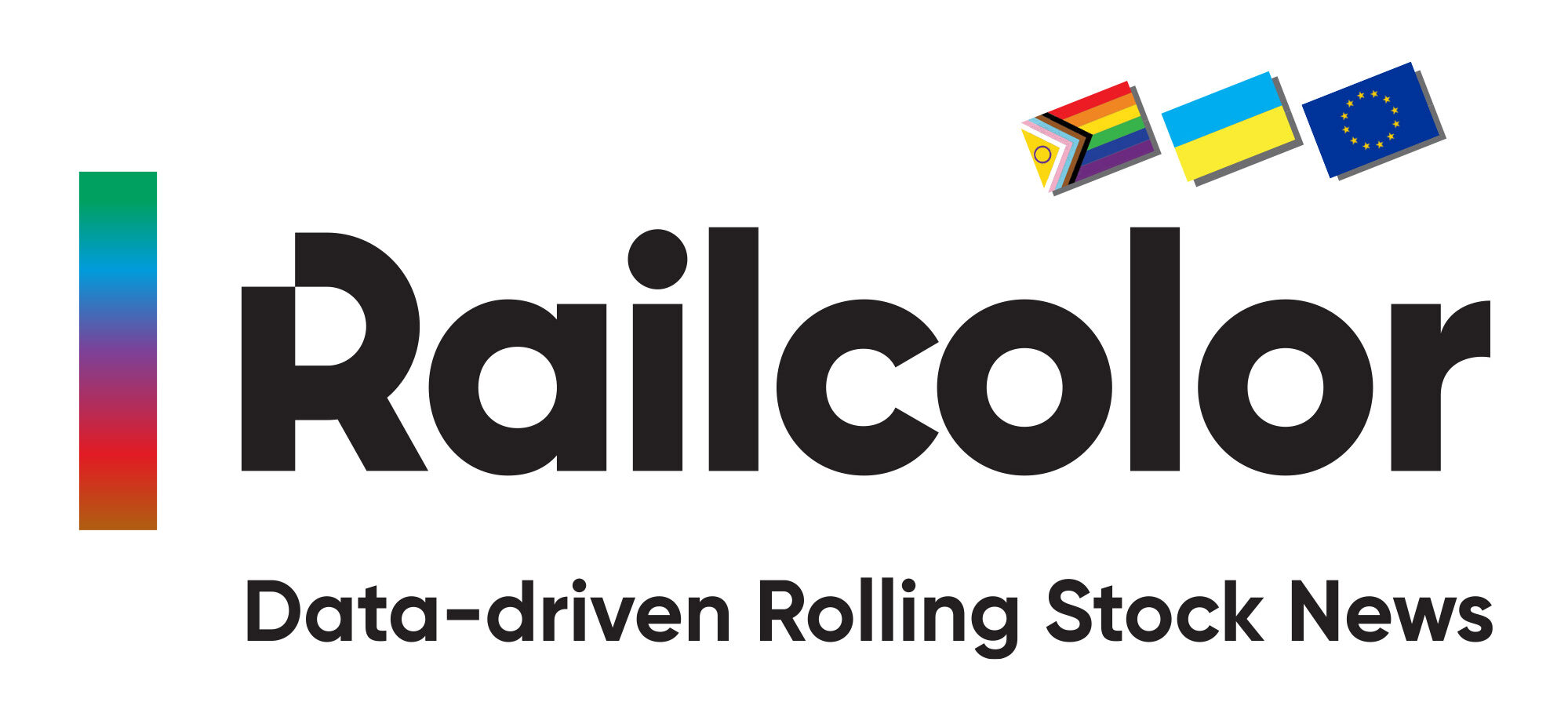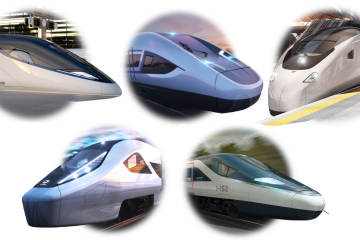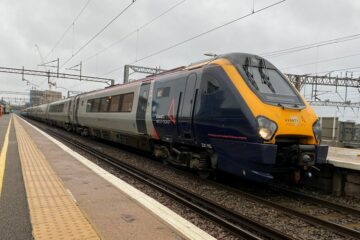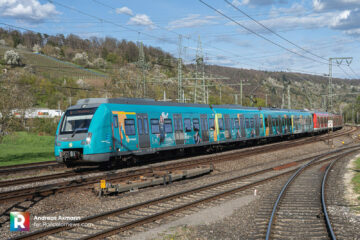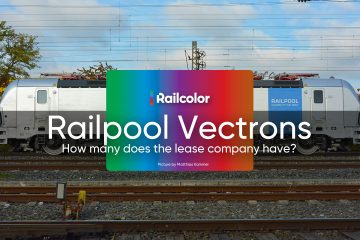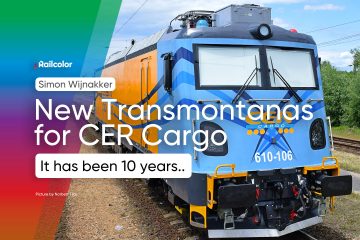A lot has been written today, about THE deal (of the decade?). Alstom has completed the take-over of Bombardier Transportation. A day with optimism, and a day with melancholy. Bombardier’s website shows an Error 404, Alstom’s marketing team goes full speed ahead, with aspirational videos and impressive figures. I day of big changes that need time to sink in..
Because yes, this deal will affect everyone in the railway industry. Everywhere around the world, the cards are now reshuffled. The other companies will have to adapt, facing new (stronger?) competition, but also seeing new opportunities.
A new company has arisen that will be (a bit) better equipped to go against CRRC from Chinese. Alstom is the new number two in the world, and will be placed right in the middle between market giant CRRC and the next runner up (Hitachi Rail):
- CRRC: EUR +/- 21 billion in 2019;
- The new Alstom: +/- EUR 15 billion estimated turnover;
- Hitachi Rail and Siemens Mobility are both around EUR 9 billion.
While Alstom was already well-established in France, Italy, Spain, India, South East Asia, Northern Africa, and Brazil, Bombardier Transportation will bring strong customer proximity in strategic markets such as the United-Kingdom, Germany, the Nordics, China, and North America.
Security for Bombardier – stability for Alstom
For Bombardier’s employees, the deal means the end of a very uncertain, restless period. Today, they have officially joined the workforce of Alstom.
During the past years, Bombardier Transportation’s financial problems became bigger and bigger – the company was bleeding money as the result of several large problematic rail projects – plus it was tied to Bombardier’s aerospace division which was facing bankruptcy after it tried to grow into the market for larger commercial passenger planes (C-series).
It is also not the first time we see a big merger in Europe – Alstom first tried to join forces with Siemens – but the European Commission killed the creation of a new ‘European Champion’. The EC had too many concerns regarding EU market monopolies of the Siemens-Alstom combination, and it did not share the companies’ worries regarding the ever-growing Chinese competitiveness (in Europe).
Don’t forget that Alstom has been quite vulnerable during the past years. Yes it is doing great, it has a proper backlog and successful products, for its size, but it was a relatively small player in a market that has been globalizing rapidly. And it is active in only one market, the rail market, as all other Alstom-divisions were sold during the past decade.
Henri Poupart-Lafarge
We have to congratulate Alstom’s CEO Mr. Henri Poupart-Lafarge, for us as outsiders it went relatively fast, and without any serious delays or concerns. He got the EC on board, and he managed to get some impressive discounts too. He had the advantage that in Europe the product portfolios of Alstom and Bombardier were more complementary, compared to the earlier proposed Siemens-Bombardier combination, which could have become too dominant in the markets of signaling and high-speed rail.
The new Alstom
- Combined proforma revenue of around €15.7 billion;
- a €71.1 billion combined backlog;
- 75,000 employees worldwide in 70 countries.
Despite the current pandemic and consequentially the growing safety concerns among public transport users, the new Alstom is confident about the near future:
The rail market is supported by fundamental growth drivers, such as accelerated urbanisation, public investment strategies, and the worldwide push for green and digital transformation of transport systems. Despite the pandemic, recent stimulus announcements clearly confirm the development of sustainable mobility and more specifically of rail as a long-term priority. The rail manufacturing market is expected to grow at a 2.3% CAGR by 2025.
Alstom TRAXX and the rise of Škoda?
Back to the here and now. The integration of Bombardier into Alstom will have various consequences for the products here in Europe. There are products such as Bombardier’s TRAXX locomotives and Alstom’s high-speed trains that have no serious counterpart within the new company. But other types of trains will be discontinued – also because Poupart-Lafarge offered them as a change to the EC to get the green light for the main deal. It is the end of the Bombardier Talent range, no more Alstom Coradia Polyvalents, and also the Zefiro V300 product line will be discontinued.
These changes offer great opportunities for other manufacturers to step into new markets and according to the latest rumors, Škoda Transportation is going to be the company that will bring new competition to the French and German markets. The Czech company is the preferred bidder for both the (problematic) Talent and the (local) Polyvalent product ranges – which both come including their building locations, Bombardier’s Hennigsdorf site, and Alstom’s Reichshoffen factory respectively. For Škoda, the market entrance, and access to new customers, will be more important than the actual trains.
For us, a time has come to get used to Alstom names in combination with Bombardier products. Especially Alstom + TRAXX just feels weird, after twenty years of reporting. But, the world moves on and so will we.
We just hope that the Alstom take-over will bring new energy, more innovation, and fresh money, to various Bombardier projects. The rail market needs healthy and ambitious manufacturers, there is no time waste. We need ‘the modal shift’ – and rail travel should become ‘mobility by nature’ – but so far, it has not happened.
We complete our story with two videos that were published today, as they nicely describe the different moods of the day:
Bombardier is looking back – and promises to keep on moving:
Alstom is optimistic and brings all products together in one video:
And last but not least – Siemens’ take on it all
Félicitations et bon voyage à @Alstom et @BombardierRail ! See you at the finish line! 🏁#movingbeyond pic.twitter.com/QGS0E3hcmZ
— Siemens Mobility (@SiemensMobility) January 29, 2021
